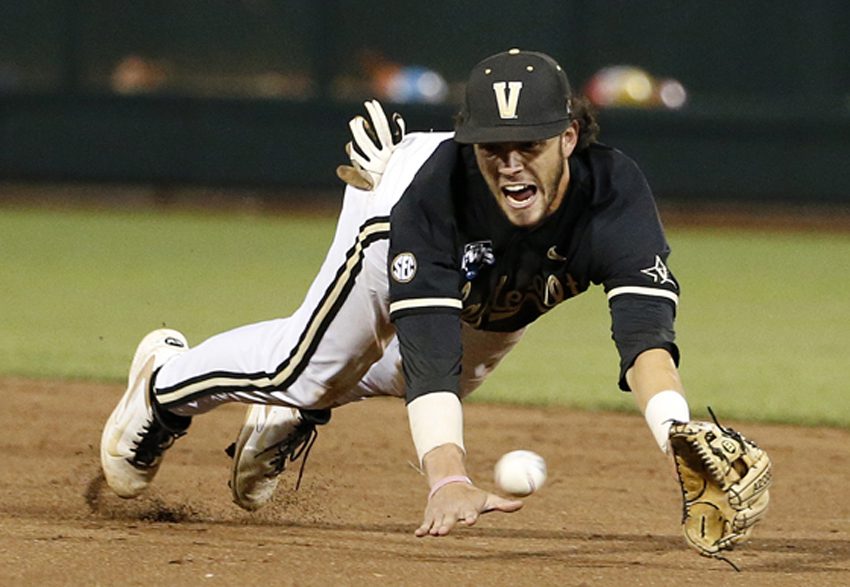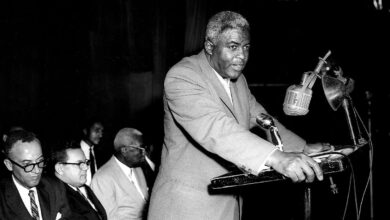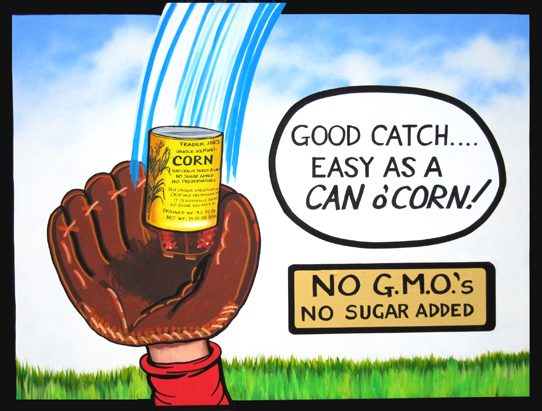
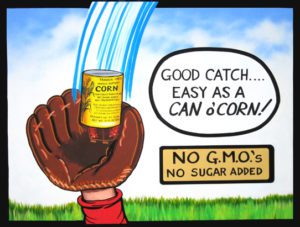 If you’ve ever played the game, watched the game, or even discussed the game of baseball with another human being, odds are, you’ve encountered baseball phrases without truly knowing what they are, or where they come from. The language of baseball is just one of the many things about the sport that makes it as great as it is.
If you’ve ever played the game, watched the game, or even discussed the game of baseball with another human being, odds are, you’ve encountered baseball phrases without truly knowing what they are, or where they come from. The language of baseball is just one of the many things about the sport that makes it as great as it is.
Everybody knows that a tape-measure shot is a crushed home run, but do you know where this phrase came from? Why do we call a left-handed pitcher a southpaw? Or why is a routine popup a can of corn? The baseball language has hundreds of these words and phrases we use every time when discussing the game, but the history and stories behind some of their origins are just as fun to learn as it is to watch a classic game.
Can of Corn
The first one that comes to mind is the Can of Corn. If you saw list of baseball facts you probably didn’t know on TTFB, you saw that a “Can of Corn” is just a fly ball that is easy to catch. But, have you heard the story behind this common baseball phrase? To find this answer, we head back to the 19th century where grocery store clerks had to find an easier way to get canned food items off of the top shelves, usually where corn was stored. They started using long hooked sticks to reach them and pull them down.
As they fell down, the clerk would grab his apron and use it to catch the can of corn with ease. It is rumored that the phrase was first used during a broadcast by Brooklyn Dodgers announcer Vin Scully. With the way he called games his entire career, who is going to doubt the rumor, that he was the first one to coin the phrase in baseball?
Tape Measure Shot
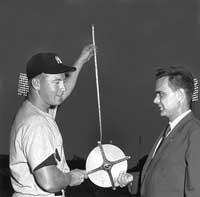 How about a tape-measure shot? When you hear the phrase today, names like Aaron Judge or Giancarlo Stanton come to mind. They send crowds into pandemonium with their mammoth home runs. The story behind this one, however, goes to another New York Yankees outfielder, and none other than Mickey Mantle. On April 17, 1953, the Yankees were in Washington D.C. taking on the Senators when Mantle launched a home run that landed outside of Griffith Stadium.
How about a tape-measure shot? When you hear the phrase today, names like Aaron Judge or Giancarlo Stanton come to mind. They send crowds into pandemonium with their mammoth home runs. The story behind this one, however, goes to another New York Yankees outfielder, and none other than Mickey Mantle. On April 17, 1953, the Yankees were in Washington D.C. taking on the Senators when Mantle launched a home run that landed outside of Griffith Stadium.
It has been said that it was only the third time someone hit a ball out of the stadium, but the first time it happened in a game. After marking the spot where the ball was finally found, 565 feet from home plate, Mantle took a picture at the spot the next day holding a tape measure, which was published in the local newspaper.
Southpaw
Another personal favorite of mine is the term southpaw. As a left-handed pitcher in my playing days, I always loved being referred to as a southpaw. So, why is a left-handed pitcher known as a southpaw? This answer is actually quite logical. Like the majority of these baseball phrases, this one dates back to the glory days of the game. Before every stadium had lights and teams weren’t taking the field at 7:05 PM, teams played every game in the afternoon and had to battle the sun.
To combat the issue of having a batter gazing into the sunset in the afternoon, most parks were designed to have the batter facing east towards the mound. With this being the case, it meant that the arm of a left-handed pitcher would be located on the south side of the mound.
Pickle
How about another fun one, the pickle? No, I am not referring to the two green slices on the bottom of your Chick-Fil-A sandwich, but being caught between two bases, just like in the scene in the legendary baseball movie, The Sandlot. You know the scene, Benny “The Jet” Rodriguez bolting towards the plate when Ham gets the throw early, and Benny heads back when Ham yells out that iconic line “PICKLE!”.
While that scene might be iconic, the origin for the phrase in the sport is not as iconic as some of our other baseball word origins. It is said that William Shakespeare is the man who first coined the phrase “in a pickle” in English, but in a different meaning from what we know here in the United States. In England, “pickle” referrers to someone who is “sauced” or “drunk”, and as the phrase made its way across the ocean to the good ol’ U-S-of-A, it simplified down to being “stuck in” or “in a tough spot”. Hence, why a runner who finds themselves between two bases is “caught in a pickle”.
Baltimore Chop
The last one for this list of best baseball terms was the Baltimore Chop. They were a big factor behind the O’s three consecutive pennants from 1894-1896. How does such a random thing have a big impact on one specific team in such a specific span, you may ask?
 Well, the term refers to the Baltimore Orioles, obviously, in the late 1900s. In the heart of the “dead-ball” era, teams weren’t exactly crushing the ball out of the ballpark and had to do more to manufacture runs. Looking to garner a true home-field advantage and utilize the speedsters he had at the top of his lineup; O’s skipper John McGraw instructed the grounds crew to pack the dirt tightly around home plate. Sometimes they would have concrete poured below the clay, to make it even harder.
Well, the term refers to the Baltimore Orioles, obviously, in the late 1900s. In the heart of the “dead-ball” era, teams weren’t exactly crushing the ball out of the ballpark and had to do more to manufacture runs. Looking to garner a true home-field advantage and utilize the speedsters he had at the top of his lineup; O’s skipper John McGraw instructed the grounds crew to pack the dirt tightly around home plate. Sometimes they would have concrete poured below the clay, to make it even harder.
The speedy O’s hitters, like Willie Keeler and Joe Kelley, were then taught to intentionally hit the ball directly down into the compacted area and bounce the ball directly over the pitcher’s head to leg out the infield single. It is even said, that Keeler, once legged out a double on one of these chops. Eventually, other teams caught on during the dead-ball era and started implementing the strategy into play.


